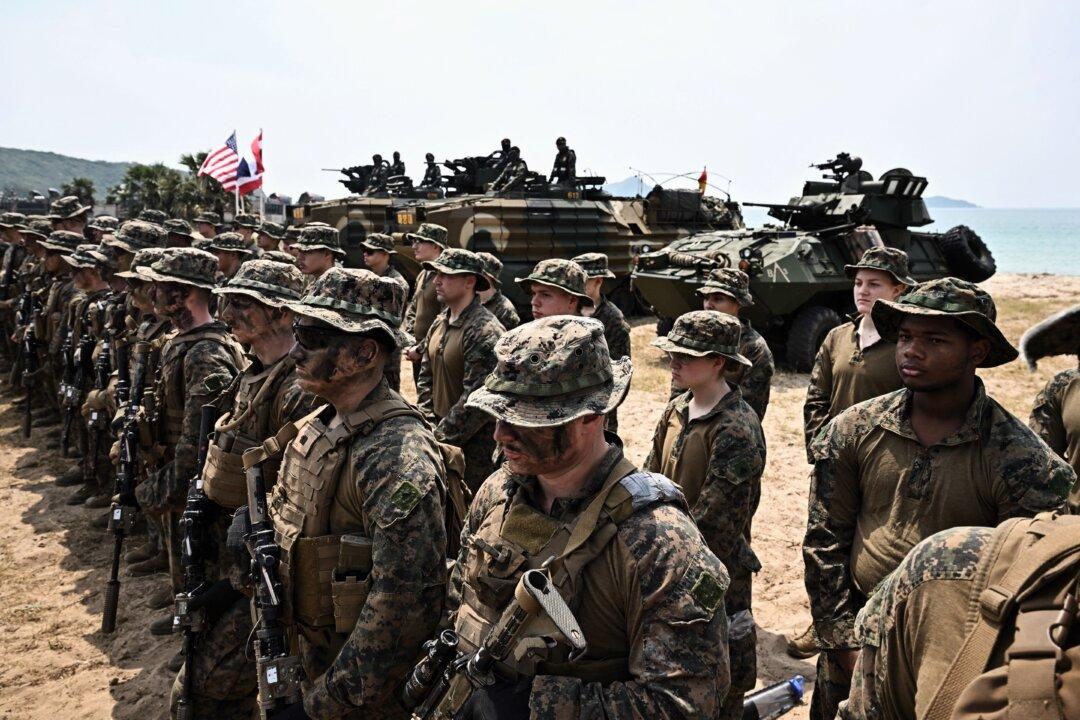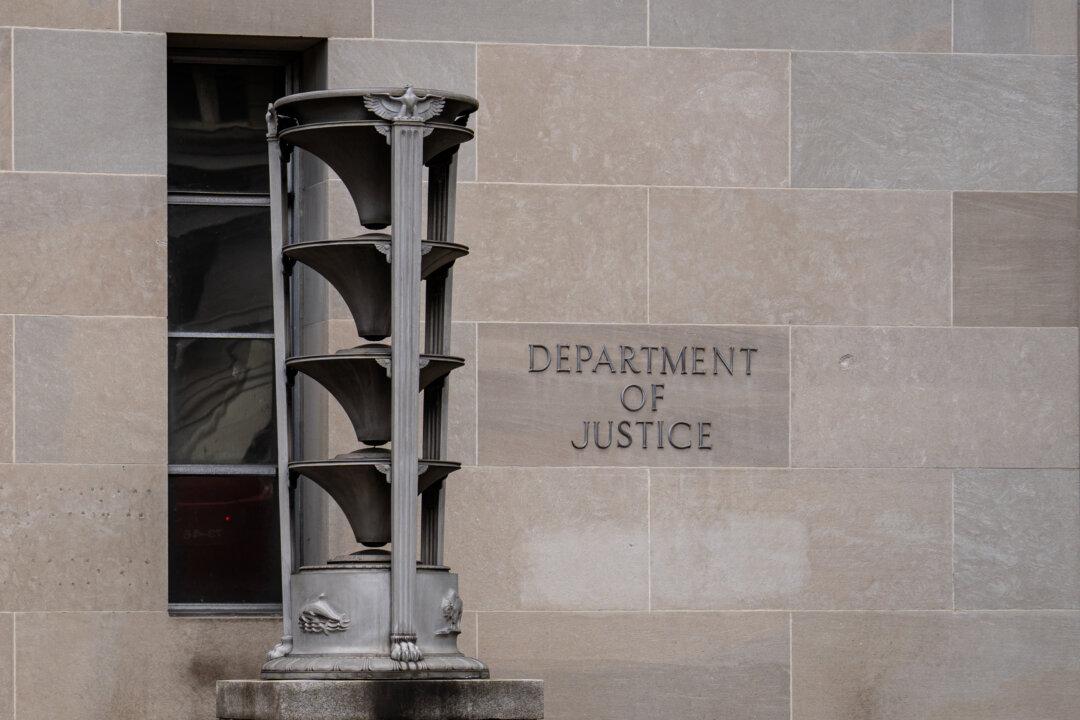The United States will deploy marines and two amphibious warships to the Middle East in response to Iranian forces’ recent attempts to seize commercial ships in the region, the Pentagon said on July 20.
Defense Secretary Lloyd Austin has ordered the deployment of a Marine Expeditionary Unit consisting of USS Bataan, USS Carter Hall, and its personnel to the U.S. Central Command (CENTCOM) area of responsibility.





